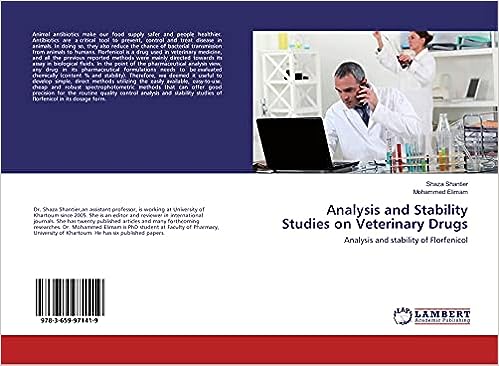Variation in Stability Studies for Solid and Liquid Dosage Forms
Stability studies for pharmaceutical products are tailored to the specific characteristics of the dosage forms, whether they are solid or liquid. The differences in these forms necessitate unique considerations and testing approaches to assess their stability over time. Here’s how stability studies vary between solid and liquid dosage forms:
Solid Dosage Forms:
1. Packaging Considerations: Solid dosage forms, such as tablets and capsules, are usually more stable than liquids due to reduced exposure to environmental factors. However, packaging materials play a crucial role in preventing moisture ingress and protecting against light exposure, both
2. Degradation Pathways: Solid dosage forms may undergo physical changes like color, hardness, and friability. Degradation pathways can include processes like oxidation, hydrolysis, and isomerization. Stability studies focus on these changes and the product’s potency.
3. Sample Preparation: Solid dosage forms need to be accurately weighed and homogenized to ensure representative samples for analysis. Dissolution testing is commonly performed to assess the release of the active ingredient.
Liquid Dosage Forms:
1. Solubility and Precipitation: Liquid dosage forms like solutions and suspensions may be more susceptible to solubility issues and precipitation of particles over time. Stability studies monitor these changes to prevent product instability.
2. Container Interaction: The interaction between the liquid product and its container can impact stability. Leaching of container components or absorption of product ingredients into the container can occur, affecting the product’s quality.
3. Suspensions and Emulsions: Special attention is given to suspensions and emulsions, as the distribution of particles or droplets within the liquid can change over time. Sedimentation, creaming, and breaking of emulsions are factors considered in stability studies.
4. Microbiological Stability: Liquid dosage forms are more prone to microbial contamination. Stability studies assess the antimicrobial efficacy of preservatives and monitor microbial growth over time.
Despite these variations, both solid and liquid dosage forms undergo similar stability testing parameters, including long-term, accelerated, and photo-stability studies. The specific attributes tested, sampling intervals, and analytical methods may differ based on the dosage form.
Ultimately, stability studies for solid and liquid dosage forms ensure that pharmaceutical products maintain their intended quality, safety, and efficacy throughout their shelf life, considering the unique challenges posed by each form.
